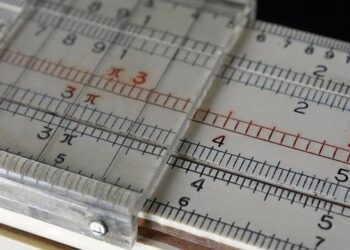We may earn a commission from links on this page.

Credit: Smart Home Solver/YouTube
When smart home devices were first introduced, motion sensors were among the most interesting. This sensor would use differences in light to detect activity in a given space—impressive, but imprecise. Today, those imperfect sensors have been replaced by options that measure any change you could possibly imagine: temperature and humidity changes, vibration, the presence of water, smoke, gas, or motion. In the last year, a new kind of sensor measures “presence” in the room, rather than motion. There are even sensors for energy monitoring or water-usage monitoring. These sensors are generally small and can be wired or wireless, but they can be incredibly useful in maintaining a home or space.
Smart sensors can be where you’re not
Simply put, sensors can monitor 24 hours a day and never need bathroom breaks or vacations. While you may eventually notice a window in your home is open, at best, it wouldn’t be immediate—a door and window sensor is. That time delay becomes more important when it’s a leak under a sink or water heater. If you’re away from home, even obvious shifts like temperature swings or activity in your space are issues you wouldn’t pick up, but sensors could.
Smart sensors make the perfect trigger for automations
Even when there isn’t danger or damage, these sensors can create data points that are useful starting points for smart home automations. A humidity sensor can simply trigger a humidifier or dehumidifier. A presence sensor can be used to keep the lights on or off in a space. A vibration sensor can alert you to a pet jumping on your kitchen counter and play a discouraging noise to encourage them to leave that space.
Five smart sensors to consider:
Aqara presence sensor
Aqara vibration sensor
Moen Flo Water Flow Sensor
Eve Motion Sensor
Govee Smart Air Quality Monitor
Smart sensors can save you money
Even putting aside considerations of how smart sensors can prevent damage, sensors that track energy usage can alert you to spikes or simply provide data on which circuits are using the most electricity so you can reduce the demand. Water usage sensors detect leaks and can prevent them by turning off the water. Door and window sensors can tell you when these items are left open, even accidentally, which can prevent weather intrusions.
Smart sensors can create a safety net
Most security systems now use sensors for entry points, like the door and window sensors mentioned above. But sensors can also be used on the family members of your home, including pets, to tell when they’ve entered or left a geofenced area. This can be used for safety and convenience. When a family member enters the space around the home, different actions can be triggered, like being welcomed by a smart assistant, heating up or cooling a space, or even turning on the tea kettle. If your dog or cat leaves the same space, you can receive an immediate alert, or even track them down geographically.
For any issue you’re trying to automate in your home, there’s likely a smart sensor involved. The issue is just breaking down what you need to measure and finding the sensor that will do just that. I put a vibration sensor on a fence my newly adopted dog kept trying to climb to escape the yard last fall. A water leak sensor tells me when my planters are leaking, and a temperature sensor tells my greenhouse when to turn the heater on. Figuring out which sensor will help solve a problem is one of the most interesting parts of creating smart home automations.
>>> Read full article>>>
Copyright for syndicated content belongs to the linked Source : LifeHacker – https://lifehacker.com/tech/all-the-ways-smart-sensors-can-help-automate-your-home































